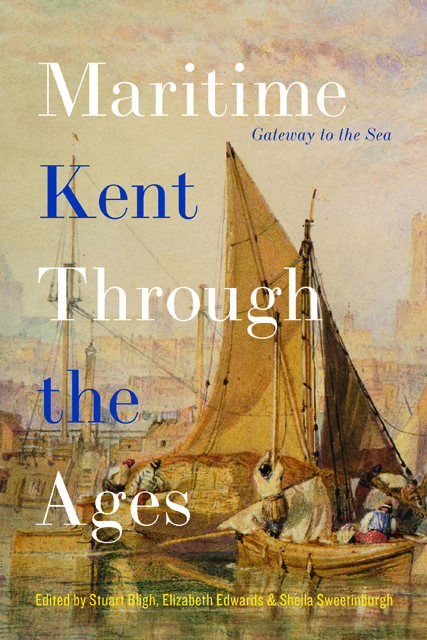19 - Early Modern Thanet: An Open Society
Published online by Cambridge University Press: 20 December 2023
Summary
Alan McFarlane remarked that ‘any particular community in England in the past was probably no more isolated than a Chicago suburb or twentieth century Banbury’ and it is the intention of this chapter to demonstrate that far from being insular in a pejorative sense, the Isle of Thanet was a dynamic community with connections involving the county, the country and also overseas. First, by examining how the secular and religious administration of the area and its principal occupations of agriculture and fishing located the island within a wider context, and then by investigating three ways in which individuals influenced the shape of the community: landholding and kinship links, marriage horizons, and movement into and throughout Thanet. There is also some evidence that this early modern community was not culturally isolated. It will be seen that at a time when roads were often tracks, its long coastline and river traffic to London meant Thanet engaged fully in national life; and had international connections.
Thanet in Its Geographical and Administrative Context
Thanet is situated at the eastern end of the belt of chalk that runs through the county of Kent as the North Downs, forming cliffs along the North Sea and Thames coasts. The harbours of Ramsgate, Broadstairs, Margate and Birchington are situated in this part of the island; the gradual silting up of the Wantsum formed alluvial marshes along the west and southern parts of the island which provided grazing marshes. Until the twentieth century there was no direct road access to Thanet and travellers had to come via Canterbury; up to the late fifteenth century when the Wantsum Channel was bridged, they would have had to take a ferry at Sarre.
It is not easy to quantify the island’s population in the sixteenth century as there appear to be no surviving lists of names or households and, given the habit of using the same names in each generation and for cousins and siblings, it is not always a simple matter to differentiate individuals. Chalklin reckoned Thanet, at an area of forty-one square miles with thirty-five to forty people per square mile, would, following Hasted, have had a population between 1,435 and 1,640, a figure similar to the coastal survey of 1569.
- Type
- Chapter
- Information
- Maritime Kent through the AgesGateway to the Sea, pp. 417 - 432Publisher: Boydell & BrewerPrint publication year: 2021



